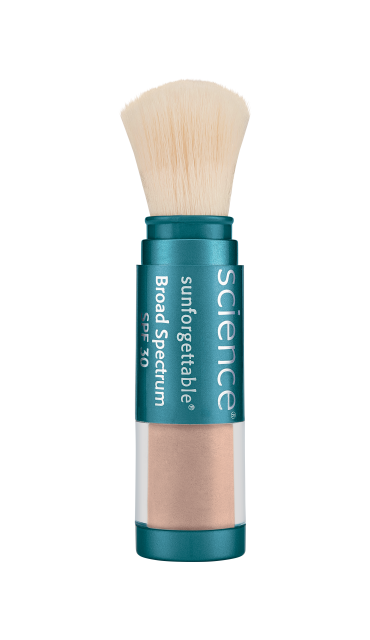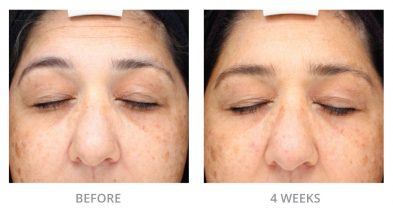

Keratan sulfates: composed of galactose plus GlcNAc-6-sulfate linkage is β(1,4)Ĭarbohydrate Sulfation in Glycosaminoglycans Table of the Glycosaminoglycan Disaccharides The immense size of these molecules makes them excellent lubricators and shock absorbers in the joints. Indeed, the hyaluronans are the largest polysaccharides produced by vertebrate cells. Hyaluronic acid polymers are very large (with molecular weights of 100,000–10,000,000) and can displace a large volume of water. It is, however, a component of non-covalently formed complexes with proteoglycans in the ECM. Hyaluronic acid (also called hyaluronan) is unique among the GAGs in that it does not contain any sulfate and is not found covalently attached to proteins forming a proteoglycan. Although each of these GAGs has a predominant disaccharide component (see Table below), heterogeneity does exist in the sugars present in the make-up of any given class of GAG. The specific GAGs of physiological significance are hyaluronic acid, dermatan sulfate, chondroitin sulfate, heparin, heparan sulfate, and keratan sulfate. At the same time, their rigidity provides structural integrity to cells and provides passageways between cells, allowing for cell migration. GAGs are located primarily on the surface of cells or in the extracellular matrix (ECM) but are also found in secretory vesicles in some types of cells.Īlong with the high viscosity of GAGs comes low compressibility, which makes these molecules ideal for a lubricating fluid in the joints. GAGs are highly negatively charged molecules, with extended conformation that imparts high viscosity to the solution in which they reside. The disaccharide units contain either of two modified sugars, N-acetylgalactosamine (GalNAc) or N-acetylglucosamine (GlcNAc), and a uronic acid such as glucuronate (GlcA) or iduronate (IdoA) or a galactose residue.

The GAG molecules are long unbranched polysaccharides containing a repeating disaccharide unit. The glycosaminoglycans are historically referred to as the mucopolysaccharides given that they were originally characterized in mucus membranes and mucosal exudates. The most abundant heteropolysaccharides in the body are the glycosaminoglycans (GAGs).



 0 kommentar(er)
0 kommentar(er)
